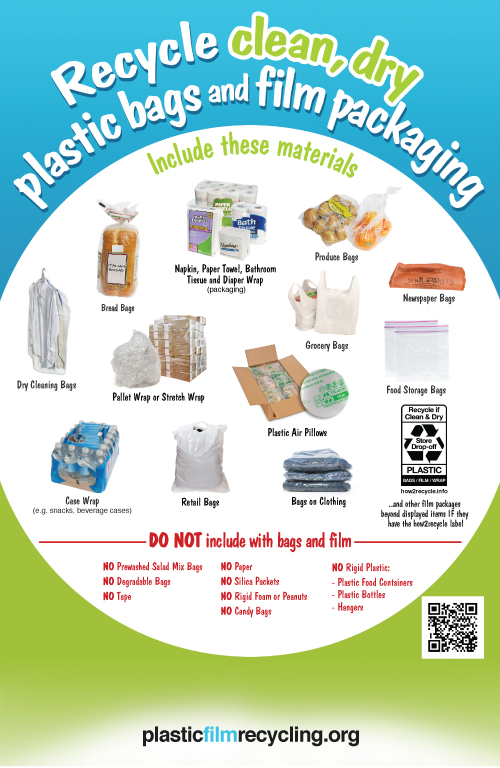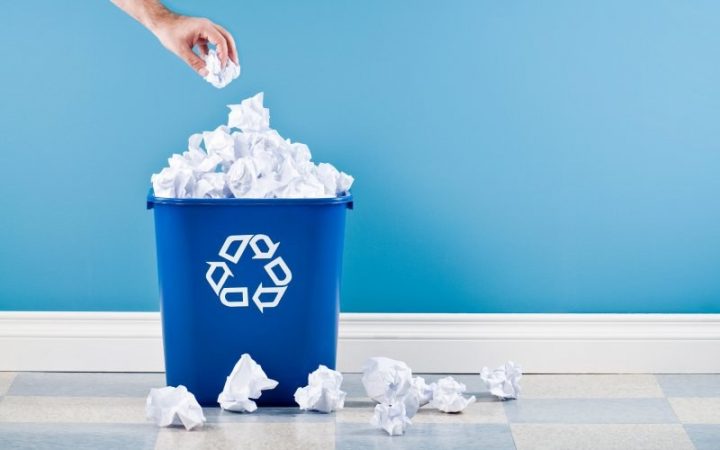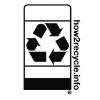This past weekend, the drop-off recycling center in GreenBlue’s hometown of Charlottesville, VA informed residents that, due to a lack of re-sale markets, it would stop collecting plastic films and plastic foam packaging. The problem wasn’t that markets don’t exist. The problem was that it collected these materials in one large bin, along with all plastics bearing the resin identification codes 3-7. Separating all these materials, once combined, can be hard. Plastic films, especially, bind equipment in the sorting facilities, and foam plastic is lightweight and breaks into tiny bits. The result? Bales of messy mixed plastic materials, intertwined with plastic films and bits of styrofoam, that just aren’t that valuable to re-processors.
Several years ago, GreenBlue received a grant from the state of California to study this topic. My research project was called “Closing the Loop,” and the goal was to look at how well the recovery infrastructure (bags, bins, trucks, sorting facilities, etc.) in different countries captures recyclable packaging materials. I studied recovery infrastructure in the U.S., Australia, Canada, Germany, Switzerland, Belgium, Austria, and the UK. In my final report, Road Map for Effective Material Value Recovery, one of my findings that cut across country or package type was that the cleaner (more separated) the material, the easier it was to sell that material for a consistently higher price in any market condition. Whether it was HDPE in the U.S., glass in Belgium, multi-layer cartons in Australia, or plastic film in Germany, those recycling programs that asked consumers to sort their recycling up front, even minimally, had no trouble finding a market for their material. The demand exists, but it’s for high-quality bales of post-consumer recycled material. Forget selling to pickier domestic markets — even China has stopped taking our most contaminated bales of materials.
In areas


